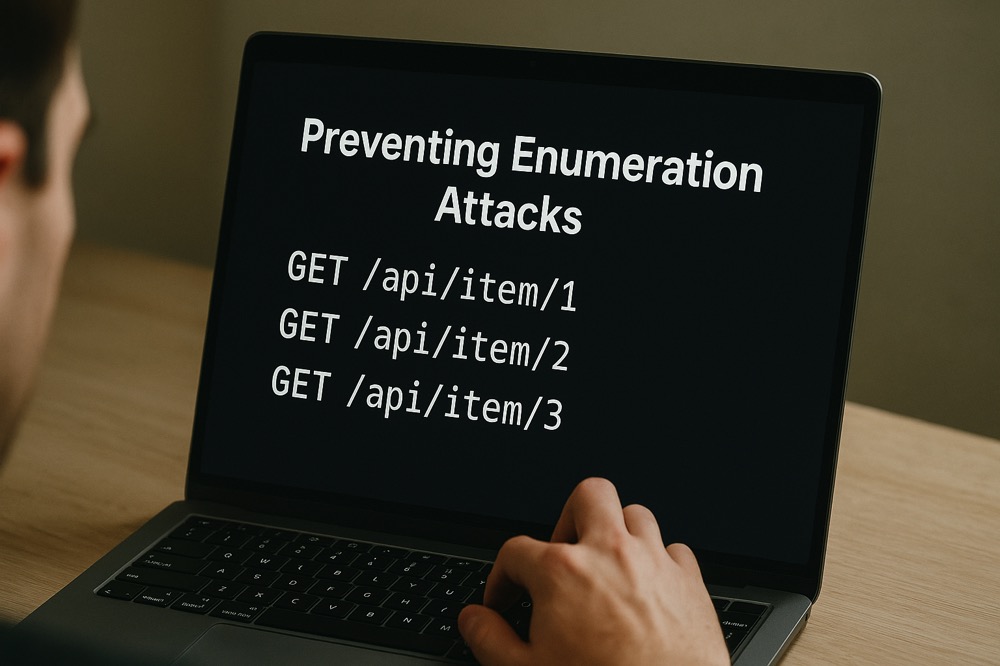Marketing organisations face mounting losses from automated clicks and fake impressions. These attacks drain advertising budgets and corrupt the data CMOs need for strategic decisions. The lost money cannot be recovered, yet understanding the scale and nature of click fraud enables marketing teams to protect future investments and optimise their campaigns.
The Scale of Click Fraud
Click fraud now consumes 40% of digital advertising budgets through fake clicks and impressions that never reach real customers. This fraud penetrates every channel of digital marketing - from pay-per-click and display advertising to social media campaigns, retargeting efforts, and video advertising. The impact extends beyond direct financial losses to corrupt the metrics teams rely on for decision making.
Our research on bot traffic reveals the percentage of fraudulent clicks continues to rise each quarter. Marketing teams who ignore this threat base their strategies on fundamentally flawed data, leading to misallocation of resources and reduced campaign effectiveness.
How Bots Generate Fake Clicks
Automated bots execute clicks and impressions at a massive scale across digital advertising platforms. These programs target competitor advertisements to drain marketing budgets through fake clicks. They create artificial impressions which inflate metrics and generate false engagement signals. The bots manipulate bidding algorithms and skew attribution data, leading to misallocation of advertising resources.
Modern bots employ sophisticated techniques to evade standard security controls. These programs mimic human behaviour patterns and rotate through different IP addresses to avoid detection and blocking measures.
The Residential Proxy Challenge
Residential proxies create a significant obstacle for click fraud detection systems. These proxy services route bot traffic through IP addresses assigned to real consumers' homes and devices, which makes the fraudulent traffic appear legitimate to traditional anti-bot solutions.
Residential proxy networks build their IP pools through multiple channels. They partner with consumer VPN services, distribute browser extensions, embed code in mobile applications, and in some cases exploit compromised devices. This mix of sources provides proxy operators with access to millions of residential IP addresses.
Traditional IP reputation services fail to identify this proxy traffic. Our research demonstrates these services miss up to 96% of residential proxy traffic, leaving advertising campaigns exposed to fraud through these channels.
Impact on Marketing Strategy
Click fraud undermines three core areas of marketing decision making. First, it distorts campaign performance metrics through false click-through rates and inflated impression counts. The fraud creates skewed conversion data and engagement metrics which mask the true performance of campaigns.
In budget allocation, click fraud wastes marketing spend on non-existent users while reducing campaign ROI. The artificial inflation of acquisition costs leads marketing teams to misallocate resources across channels and campaigns.
Strategic planning suffers from contaminated data across multiple dimensions. A/B testing results become invalid when bots generate fake interactions. Geographic and demographic data lose accuracy due to proxy traffic. Competitive intelligence becomes unreliable as bot activity masks true market dynamics.
Marketing teams who base decisions on this corrupted data face significant risks. Their optimisation efforts target bot behaviour instead of real users. Campaign budgets flow to channels dominated by fraud. Strategic initiatives fail due to decisions based on artificial metrics rather than genuine customer behaviour.
Protecting Your Marketing Investment
While lost money from click fraud cannot be recovered, marketing teams must implement protection measures for future investments. Detection forms the first line of defence through continuous monitoring of traffic patterns and IP reputation analysis. Teams track user behaviour to identify suspicious patterns that indicate fraud.
Prevention requires a multi-layered approach to security. Marketing teams need systems to block known bot networks and detect residential proxies attempting to generate fake clicks. These security controls validate real user traffic and filter out fraudulent clicks before they impact campaigns.
Campaign optimisation becomes more effective once fraud protection measures are in place. Teams can adjust targeting parameters based on genuine user data and reallocate budgets to channels with verified traffic. This enables updates to bidding strategies and refinement of audience segments based on real engagement.
Our Ad Fraud Protection solution provides comprehensive protection for marketing investments. The system blocks bot traffic and detects residential proxies while validating real users. This ensures ad spend reaches genuine customers rather than fraudulent clicks.
Making Informed Decisions
Understanding click fraud transforms how marketing teams analyse data and plan campaigns. Data analysis starts with the identification of corrupted metrics in campaign reports. Teams must filter bot traffic from their analytics to measure real user engagement. This enables tracking of true campaign performance based on human interactions.
Budget planning improves once teams understand the scale of click fraud. Marketing teams can allocate resources to channels with verified human traffic. This focus on real users optimises campaign spend and improves return on investment across all marketing initiatives.
Strategy development benefits from clean, accurate data. Teams make decisions based on genuine user behaviour rather than bot interactions. Campaign planning targets real audience segments with messages that resonate. Performance measurement reflects actual results rather than artificial engagement.
Taking Action
Marketing teams must implement protection measures across three key areas to secure their investments. First, bot protection forms the foundation through deployment of bot management systems. These systems block automated traffic while validating real users and monitoring for suspicious patterns.
The second protection layer focuses on residential proxy detection. Teams implement proxy detection to identify and block proxy networks. This ensures traffic comes from real IP addresses and prevents fraud through residential proxies.
The third component centres on protecting ad spend through traffic monitoring. Teams implement systems to block fraudulent clicks and validate impressions. This enables tracking of real engagement from genuine users.
Our Traffic Control solution combines these protection measures to help marketing teams secure their investments and base decisions on real user data.
Conclusion
Click fraud threatens marketing budgets and corrupts campaign data. While lost money cannot be recovered, understanding and preventing fraud helps marketing teams protect future investments and make informed decisions.







